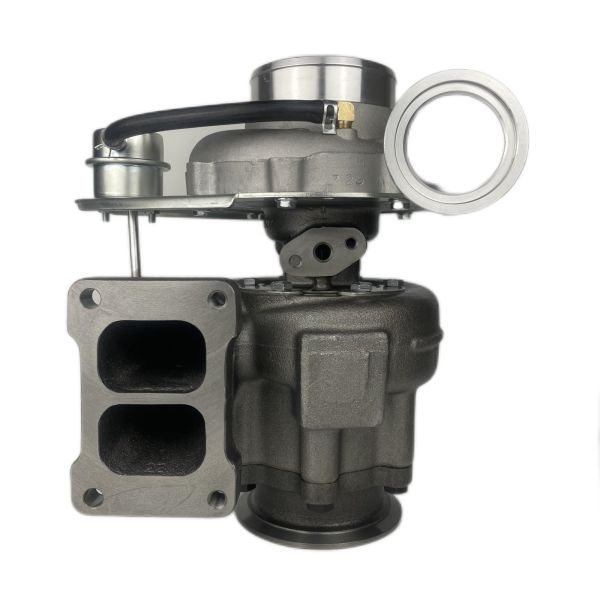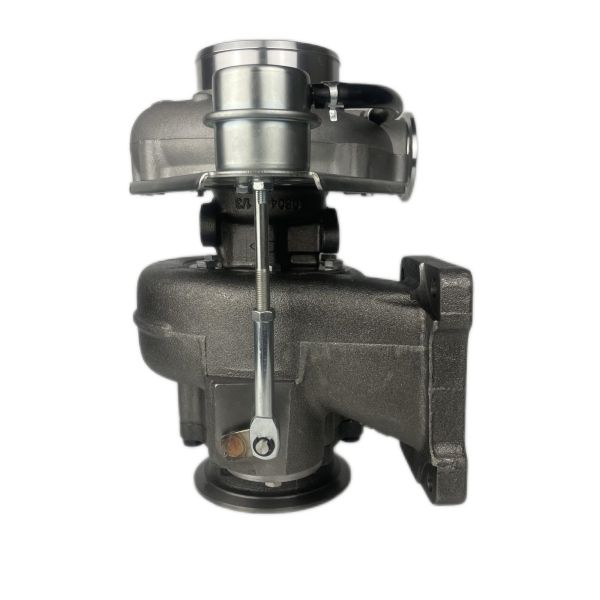Find out what are the advantages of exhaust gas turbocharging
Advantages of exhaust gas turbocharging
Advantages of exhaust gas turbocharging technology: The increase in output power is achieved through the turbocharger. Because the exhaust gas turbocharging technology collects the exhaust gas, its energy saving and environmental protection are very good. In particular, with the help of turbocharging and intercooling technology, the increase in the volume ratio of the cylinder charge / the air-fuel ratio 9 is increased / the power is greatly expanded. When the power can be maintained in a constant state, the exhaust gas temperature and smoke level can be reduced. In the development of internal combustion engines, exhaust gas turbocharging technology cannot be ignored. It can not only provide the power of internal combustion engines, but also achieve economic indicators and reduce adverse effects on the environment.
Improved engine power
Through exhaust gas turbocharging, the power of the engine can be increased, and the acceleration performance of the engine power performance can be improved. When the displacement of the engine is increased, the intake pressure density can be increased, and the fuel injection system of the engine can be used to increase the maximum power torque of the engine. After the turbocharger is installed, the maximum power torque of the engine can be increased by 20%-50%. Under the same power and torque output, the cylinder diameter of the engine is effectively reduced to reduce the volume and weight of the engine, achieving light weight and reducing the engine displacement appropriately.
Energy saving
The principle of exhaust gas turbocharging is to collect the exhaust gas emitted by the engine to drive the turbine, and through the rotation of the turbine, the coaxial compressor is driven to work, and the compressor compresses the fresh air that will enter the engine, thereby increasing the intake of the engine. Improve the power, mechanical efficiency and thermal efficiency of the engine, so that the fuel consumption rate Q of the engine after turbocharging can be reduced by 5%-10%. Therefore, we can replace the high-power naturally aspirated engine with a low-power engine with a turbocharger, so as to achieve the purpose of energy saving. A 1.5t turbocharged family car can achieve the effect of 2.0-2.5L engine.
Environmental protection
The environmental protection of exhaust gas turbocharging means that the engine can save energy through exhaust gas collection, which effectively reduces the emission of harmful gases and CO2 from the engine. Due to the sufficient air supply, the emission of soot and CO is greatly reduced; due to sufficient combustion, the combustion temperature increases, the chemical reaction of the combustion chamber is more intense, and the emission of HC compounds is also reduced. However, the increase in the air intake into the cylinder and the increase in the temperature of the combustion chamber reduce the average effective NOx emission. At the same time, due to the increase of the charge temperature, the ignition delay period is shortened and the combustion noise is reduced. In particular, the heavy-duty diesel engine N0x can be reduced by 80%, particulates can be reduced by 90%, and the specific fuel consumption can be improved by 16%.
Plateau power compensation
Effectively solve the problem of insufficient power of the car in the original altitude area. Due to the higher altitude in some altitude areas, the air becomes thinner, and the naturally aspirated engine has the problem of insufficient intake air. The exhaust gas turbocharger engine can effectively overcome the problem that the air is thin due to the original altitude increase, which leads to the reduction of the effective power of the engine.


